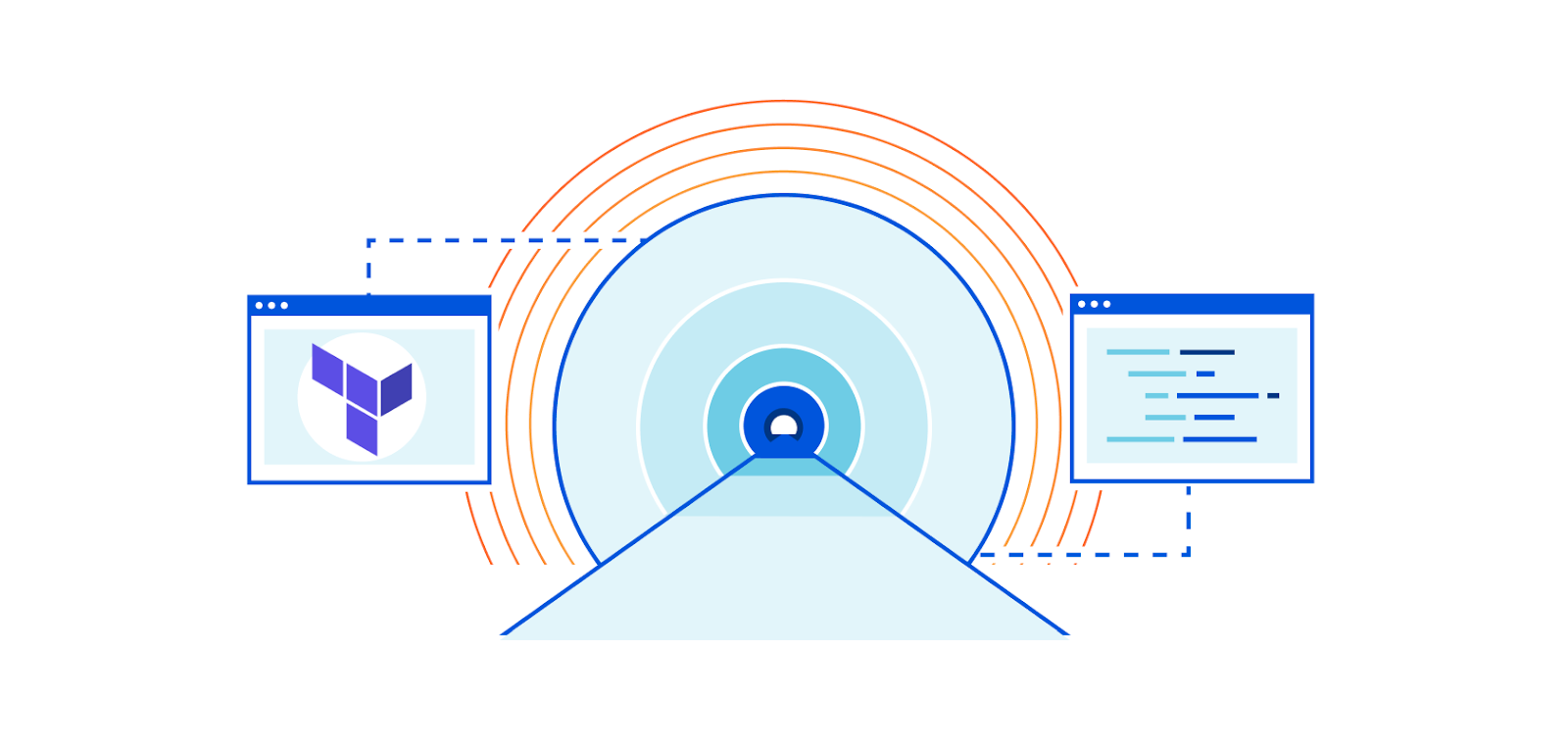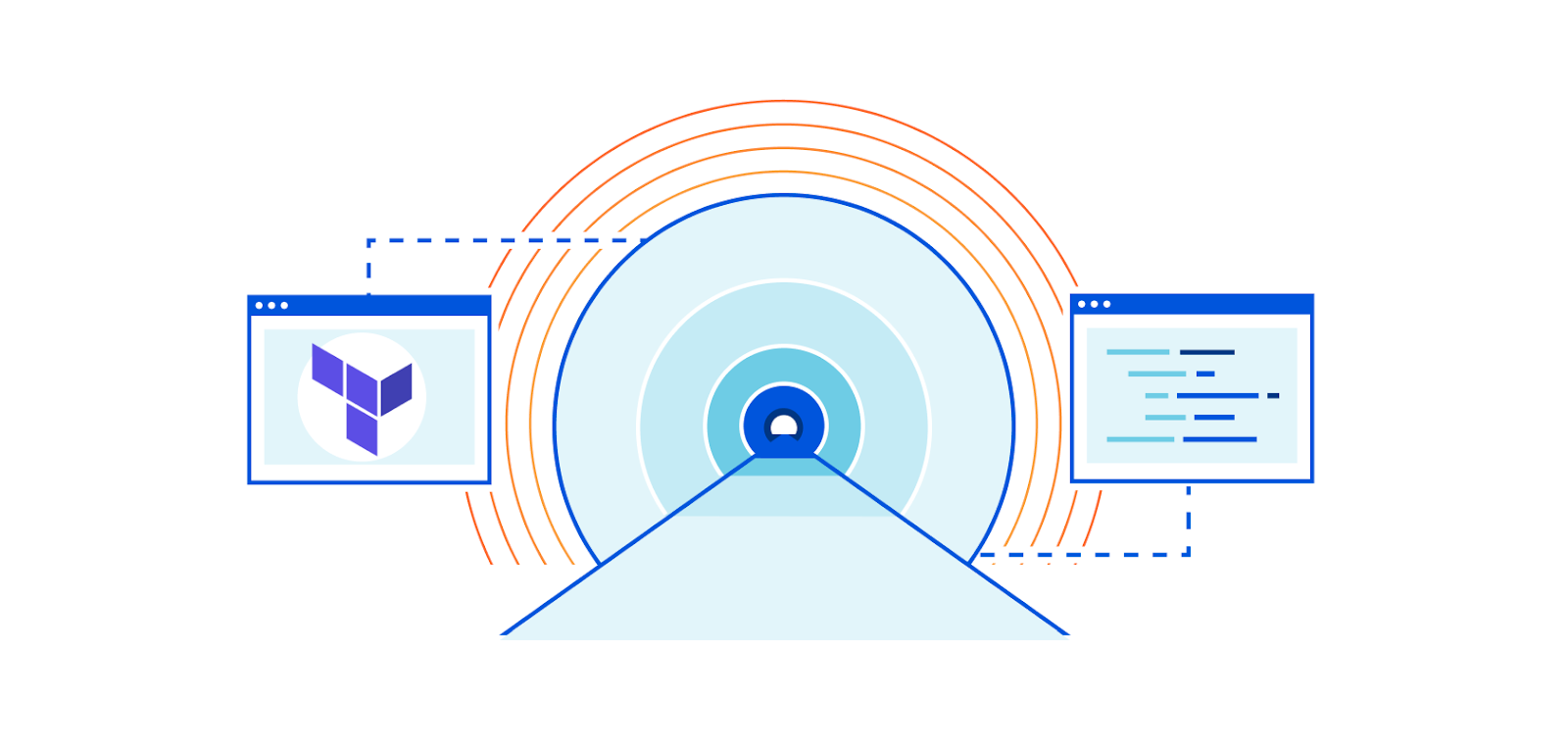Heavy Networking 578: When Your Homegrown Tool Becomes Essential To The Team
Lots of network engineers develop tools to help them automate tasks. What happens if you build something so useful it becomes adopted in your organization? Ivan Del Rio, Senior IP Engineer at DQE Communications, stops by the podcast to talk about a tool he built to automate some of his own tasks that is now being widely used. He discusses how and why he built the tool, and how supporting and developing the tool affects his day-to-day responsibilities.Internet Society Offers to Assist Establishing “XChange Point” in Inuvik

This article was originally published in The Inuvik Drum. Town pens letter of support for idea that would expand Internet activity in Delta Inuvik Town Council has penned a letter of support for establishing an “Internet XChange Point” (IXP) in the Beaufort Delta, should one or more of the NWT’s Telecommunications companies choose to pursue […]
The post Internet Society Offers to Assist Establishing “XChange Point” in Inuvik appeared first on Internet Society.
Networking Isn’t Just A Tool

It’s another event week for me at Networking Field Day 25 and I’m continually impressed with the level of technology that we see in the networking world. I think back to how things looked when I was still deploying the networks I built and it seems like a hundred years ago instead of a decade. More software driving better outcomes for users. Easier collection of analytics and telemetry to understand how to tune things and make them faster and better. And, honestly, more need for advanced technical people to tune everything and make it work better.
When you consider that the last year has been done over the Internet for most of us it gets even crazier. Meetings, software productivity, and even food delivery has been driven by apps running in the cloud that we communicate with over the Internet. I can remember a time when I didn’t have a mobile phone in my pocket with Internet capabilities. Today I can barely imagine not having it at my fingertips. When the network is not doing things the way we want we quickly find out how dependent we’ve become on our connectivity.
Generational Differences
My children are amazed that dial-up networking Continue reading
The Inevitable Transformation Of Networking – Packet Pushers LiveStream With Alkira (Video 1)
Greg Ferro speaks with Alkira Founder and CEO Amir Khan about the complications of cloud networking and customer struggles around day 2 operations, governance, compliance. They talk about how Alkira has built its own infrastructure to enable multi-cloud networking as-a-service in this video excerpt of the Packet Pushers Livestream event on April 22, 2021.
The post The Inevitable Transformation Of Networking – Packet Pushers LiveStream With Alkira (Video 1) appeared first on Packet Pushers.
Weekend Reads 051421
All good parties come to an end, and the one that Intel has enjoyed for an unbelievable dozen years, starting with the rollout of the “Nehalem” Xeon E5500 processors back in March 2009, is over. Find the Advil, grab a glass of water, and try not to drop all the pills Continue reading
Don’t miss our session at SUSECON Digital 2021
Join us at SUSECON Digital 2021, taking place virtually from May 18–20. It’s free! Tigera VP Product Management & Business Development, Amit Gupta, will be leading a session on Kubernetes networking, security and observability with Rancher and Calico. Our team will also be at the Tigera booth waiting to speak with you.
Speaking session
Don’t miss our session on Kubernetes networking, security and observability with Rancher and Calico! You can add our session to your schedule here.
Session details
Title: Kubernetes Networking, Security and Observability with Rancher and Calico
Date: Tuesday, May 18 at 6:00–6:30 PM (BST)
Rancher enables enterprises to deliver Kubernetes-as-a-Service across any infrastructure, including hybrid, multi-cloud and multi-cluster environments. Kubernetes’ networking, security, and observability for such deployments are critical in preventing an organization’s exposure to a multitude of security and compliance issues.
In this session, you’ll learn about how you can leverage open-source Calico in Rancher (built-in) to secure your Kubernetes environments. You will also learn about how Calico Cloud and Calico Enterprise, built on open-source Calico, can help you address performance hotspots, troubleshoot microservice communication, and carry out anomaly detection. Lastly, you will learn how to bootstrap and configure your Rancher cluster along with sample network Continue reading
Automating Cloudflare Tunnel with Terraform


Cloudflare Tunnel allows you to connect applications securely and quickly to Cloudflare’s edge. With Cloudflare Tunnel, teams can expose anything to the world, from internal subnets to containers, in a secure and fast way. Thanks to recent developments with our Terraform provider and the advent of Named Tunnels it’s never been easier to spin up.
Classic Tunnels to Named Tunnels
Historically, the biggest limitation to using Cloudflare Tunnel at scale was that the process to create a tunnel was manual. A user needed to download the binary for their OS, install/compile it, and then run the command cloudflared tunnel login. This would open a browser to their Cloudflare account so they could download a cert.pem file to authenticate their tunnel against Cloudflare’s edge with their account.
With the jump to Named Tunnels and a supported API endpoint Cloudflare users can automate this manual process. Named Tunnels also moved to allow a .json file for the origin side tunnel credentials instead of (or with) the cert.pem file. It has been a dream of mine since joining Cloudflare to write a Cloudflare Tunnel as code, along with my instance/application, and deploy it while I go walk my dog. Tooling should Continue reading
A Near Miss and a Total Loss: Lessons from 2021 in Data Center Resiliency
Companies need to operate production systems and backup systems in different regions to ensure a power outage in one region won’t interrupt operations indefinitely.Video: Cisco SD-WAN Site Design
In the Site Design part of Cisco SD-WAN webinar, David Penaloza described capabilities you can use when designing complex sites, like extending SD-WAN transport between SD-WAN edge nodes, or implementing high availability between them. He also explained how to track an Internet-facing interface and a service beyond its next hop.
Video: Cisco SD-WAN Site Design
In the Site Design part of Cisco SD-WAN webinar, David Penaloza described capabilities you can use when designing complex sites, like extending SD-WAN transport between SD-WAN edge nodes, or implementing high availability between them. He also explained how to track an Internet-facing interface and a service beyond its next hop.
What Will Be the Next New Normal in Cloud Software Security?
Accelerated moves to the cloud made sense at the height of the pandemic -- organizations may face different concerns in the future.SP. Part 9. Health check of Segment Routing Traffic Engineering (SR-TE) tunnels with seamless BFD in Nokia SR OS
Hello my friend,
For a long time we haven’t posted blogs about pure network technologies. However, recently we were working on some interesting use case, which so far is not yet covered at a level of the working details nowhere in the internet. As such, we decided to share with you our findings and working details.
2
3
4
5
retrieval system, or transmitted in any form or by any
means, electronic, mechanical or photocopying, recording,
or otherwise, for commercial purposes without the
prior permission of the author.
How automation can help with SR-TE in SP network?
In some (big) networks the BGP-SR-TE is a good signal the SR-TE policies, so that the PE routers can build the SR-TE tunnels without the need to configure them locally. However, the BGP-SR-TE requires a full pledged SDN controller, so that you can generate the SR-TE policy in the backend using some UI/API and send the policies down to the network elements using the BGP. If you want to have a somewhat simpler setup, you may need need to deploy the tunnels manually. In this case, the automation is your closest Continue reading
Join us at our inaugural Kubernetes Security and Observability Summit
We are excited to announce that the inaugural Kubernetes Security and Observability Summit, brought to you by Tigera, will take place on June 3, 2021.
The journey to Kubernetes adoption can be riddled with challenges and roadblocks. These challenges are magnified in a cloud-native context, where organizations are running hundreds—sometimes thousands—of applications simultaneously across numerous business units, for customers around the world.
What does security and observability mean in this context? What challenges should Kubernetes practitioners anticipate and what opportunities should they explore? To address these questions and to explore emerging trends, we are gathering industry experts under one (virtual) roof at the Kubernetes Security and Observability Summit.
As the industry’s first and only conference solely focused on Kubernetes security and observability, this (free) live virtual event will include discussions with technology leaders and Kubernetes users on real-world experiences, fundamentals, and best practices for securing and troubleshooting Kubernetes environments.
What to expect
The Kubernetes Security and Observability Summit is a place for DevOps, SREs, platform architects, and security teams to come together to explore trends, strategies, and technologies for securing, observing and troubleshooting cloud-native applications.
During the summit, experts from industry-leading companies like Amazon, Box, Citi, EY, Mirantis, Morgan Stanley, Continue reading
The Hedge 83: Bruce Davie and the System View

Network engineers tend to look at the world through the lens of a single device—an individual appliance, sold by a vendor, with a well-developed CLI for configuration and maintenance. Networks, however, are the “odd person out” in the world of information technology. In the broader technology world, a stronger systems-oriented view is more common. In this episode of the Hedge, Bruce Davie joins Tom Ammon and Russ White to discuss a systems view of the world, as well as a new publishing model he’s working on, and some thoughts on the place of SDN.
You can find Bruce’s book, Computer Networks: A Systems Approach, here.
Join us at our inaugural Kubernetes Security and Observability Summit
We are excited to announce that the inaugural Kubernetes Security and Observability Summit, brought to you by Tigera, will take place on June 3, 2021.
The journey to Kubernetes adoption can be riddled with challenges and roadblocks. These challenges are magnified in a cloud-native context, where organizations are running hundreds—sometimes thousands—of applications simultaneously across numerous business units, for customers around the world.
What does security and observability mean in this context? What challenges should Kubernetes practitioners anticipate and what opportunities should they explore? To address these questions and to explore emerging trends, we are gathering industry experts under one (virtual) roof at the Kubernetes Security and Observability Summit.
As the industry’s first and only conference solely focused on Kubernetes security and observability, this (free) live virtual event will include discussions with technology leaders and Kubernetes users on real-world experiences, fundamentals, and best practices for securing and troubleshooting Kubernetes environments.
What to expect
The Kubernetes Security and Observability Summit is a place for DevOps, SREs, platform architects, and security teams to come together to explore trends, strategies, and technologies for securing, observing and troubleshooting cloud-native applications.
During the summit, experts from industry-leading companies like Amazon, Box, Citi, EY, Mirantis, Morgan Stanley, Continue reading
Threat Landscape Report – Threats Evading Perimeter Defenses
Today’s reality is that security breaches are a given. Sophisticated attackers are too numerous and too determined to get caught by perimeter defenses. A new VMware Threat Analysis Unit report bears this out. In North-by-South-West: See What Evaded Perimeter Defenses, the findings are clear: despite a cadre of perimeter defenses being deployed, malicious actors are actively operating in the network. The research presents a clear picture of how attackers evade perimeter detection, infect systems, and then attempt to spread laterally across the network to execute their objective.
Watch Chad Skipper, Global Security Technologist, provide an overview of the findings.
Key insights include:
- The best offense is to evade defense: Threat actors’ first order of business is to evade detection. Evasion of defense systems is the most encountered MITRE ATT&CK ® tactic used by malware, followed by execution and discovery.
- Email attacks lead the pack: Email continues to be used as the most common attack vector to gain initial access with more than four percent of all business emails analyzed contained a malicious component
- ZIP-ing through defenses: More than half of all malicious artifacts analyzed were delivered by a Zip archive. Attackers have massively scaled up operations Continue reading